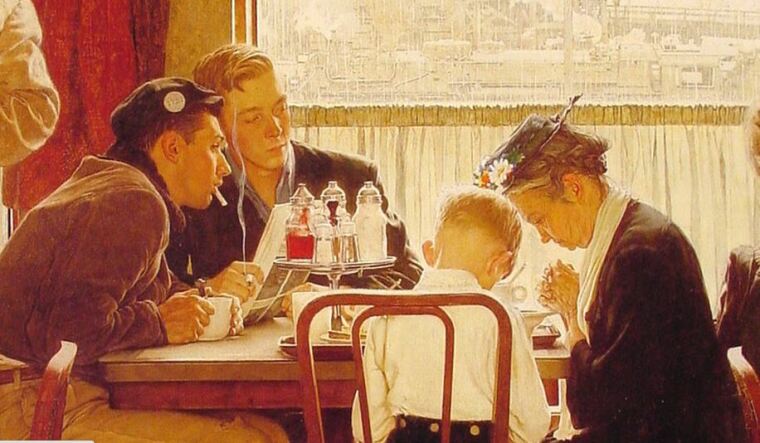Conservative evangelicals grow despite decline in Christianity overall

WASHINGTON (Christian Examiner) -- A new poll released today by the Pew Research Center (PRC) claims the number of people identifying themselves as Christians in America has fallen precipitously since 2007.
The research group surveyed more than 35,000 Americans (age 18 and older) and found that, while America remains the most Christian nation on earth, the number of people claiming to be such fell from 78.4 percent in 2007 to 70.6 percent in 2014 -- a drop of nearly eight percent.
Where have they gone? According to the poll, they have departed mainline Protestant and Roman Catholic Churches and have chosen "none" as a religious affiliation. From 2007 to 2014, the number of people religiously unaffiliated, "describing themselves as atheist, agnostic or 'nothing in particular'" has climbed six points, from 16.1 percent to 22.8 percent.
The near parity in the decline of Christians and the increase of the religiously unaffiliated demonstrates changes in religious belief in America are "taking place across the religious landscape, affecting all regions of the country and many demographic groups."
"While the drop in Christian affiliation is particularly pronounced among young adults, it is occurring among Americans of all ages. The same trends are seen among whites, blacks and Latinos; among both college graduates and adults with only a high school education; and among women as well as men," the PRC report said.
And, according to the poll, the largest decline in the number of the religiously affiliated in the U.S. population occurred among Roman Catholics, who were said to have declined 3.1 percent from 23.9 percent of the population to 20.8 percent. The PRC report attributes the decline among Catholics, perhaps as many as 3 million members, to a lack of "generational replacement," meaning those raised in the church are not rearing their own children in the tradition.
Protestants as an overall percentage of the U.S. population declined 4.8 percent from 51.3 percent of the population to 46.5 percent. Mainline Protestants, Evangelicals and historically black denominations were included in the broader heading. Evangelicals reportedly decreased as a percentage of the total U.S. population by 0.9 percent.
Strangely, in spite of the decline of Evangelical Protestants as an overall percentage of the population, the group grew by 2 million.
"The new survey indicates that churches in the evangelical Protestant tradition -- including the Southern Baptist Convention, the Assemblies of God, Churches of Christ, the Lutheran Church-Missouri Synod, the Presbyterian Church in America, other evangelical denominations and many nondenominational congregations -- now have a total of about 62 million adult adherents. That is an increase of roughly 2 million since 2007, though once the margins of error are taken into account, it is possible that the number of evangelicals may have risen by as many as 5 million or remained essentially unchanged," the PRC report said.
Notably, all of the evangelical groups listed as gaining members are conservative. Much of their growth has come because of declining doctrinal standards in the more liberal, Mainline Protestant churches.
For instance, Christian Examiner reported in March on the declining membership of the Presbyterian Church in the USA. Its membership roll stood at 2.3 million in 2005, but began to decline when the denomination embarked on a program of inclusion for openly gay members. Membership dropped to 2.1 million by 2008 and 1.9 million by 2011 when the PCUSA began allowing the ordination of homosexuals.
In March 2015, the group added same-sex marriage as a recognized form of marital union in its statement of belief. More than 400 churches have already disbanded or left the denomination for more conservative homes.
The percentage of Americans classifying themselves among other faiths also grew over the seven year period between the polls from 4.7 percent to 5.9 percent. "Growth has been especially great among Muslims and Hindus, albeit from a very low base," the PRC's analysis of the poll claimed.
The poll is not without its problems. Mormons and Jehovah's Witnesses are both classified as Christian groups, even though the groups reject historic Christian understandings of God, Jesus Christ, creation, angels, heaven, the Bible and salvation. Mormons declined by 0.1 percent. Jehovah's Witnesses grew by 0.1 percent.
The claim that the Catholic Church has shed so many congregants since 2007 is also not balanced against the number of Latin American immigrants flooding across U.S. borders from traditionally Catholic countries.
Despite the changes taking place, seven in 10 Americans still call themselves "Christian" or say they identify with a Christian tradition.